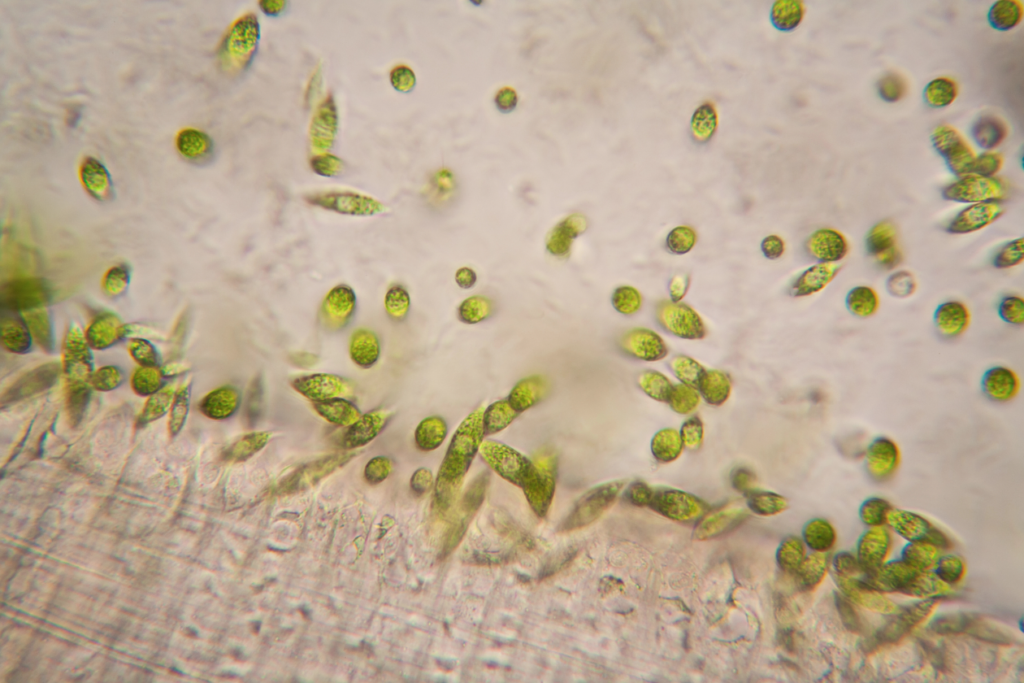A new power source for the Internet of Things (IoT)
As new miniaturised digital technologies become more widespread on the global market, demand for sustainable energy sources is also growing. The main goal of the industry, especially when it comes to low-power devices such as iot sensors, is to do without cables and batteries in favor of more flexible and “autonomous” mode of supply. New Micro Photosynthetic cells made by researchers at the Optical-Bio Microsystems Lab at Concordia University in Canada are part of these scientific efforts.
Let’s see in detail what this technology consists of.
Micro Photosynthetic cells, what are they and how do they work?
Micro Photosynthetic cells (µPSC) are microbial fuel cells that generate electricity through the exploitation of microorganisms or living cells capable of photosynthesis. With sunlight, these organisms release electrons through water-splitting reactions. An activity that does not stop even in the dark but with opposed reactions. These charges can be collected through specially designed fuel cells.
The significant advantage of µPSC is that they consist of micro-organisms with self-healing abilities, which allows them to function for long periods. And the latest research in the field has gradually increased its power density. However, there are still significant problems. The Canadian team explains:
“The maximum performance of the single µPSC is limited by thermodynamics. The maximum possible terminal voltage that could be generated from the single µPSC is only 1.8 V. Therefore, using the µPSC for real-time applications with a single µPSC is unfeasible. It is essential to realize the array configurations to obtain the desired voltage and current from the µPSCs.“
Series and parallel connected microbial cells
At the moment there is little information. In this regard but for scientists, if configured correctly, these cells could generate enough energy to power low and very low consumption devices such as the sensors of the Internet of Things.
“The basic idea of a Micro Photosynthetic cells fuel cell is to extract the electrons produced through the photosynthesis process,” explains Kirankumar Kuruvinashetti, one of the researchers. “Photosynthesis produces oxygen and electrons. Our model traps electrons, which allows us to generate electricity. So rather than being a zero-emission technology, it’s a negative-carbon technology: it absorbs carbon dioxide from the atmosphere and supplies current. Its only by-product is water”.
The new cell of the group uses microalgae as a photosynthetic organism and consists of two chambers: a cathodic filled with potassium ferricyanide and an anodic containing the algae suspended in solution. These are separated by a structured honeycomb proton exchange membrane. Scientists made microelectrodes on both sides of the membrane to collect the released charges.
Series and parallel connected microbial cells
At the moment there is little information. In this respect but for scientists, if configured correctly, these cells could generate enough energy to
Operation is simple: algae under the sun activate photosynthesis, absorbing carbon dioxide and releasing oxygen and electrons. These are collected through the membrane electrodes and ducts, creating a current. At the same time, protons cross the membrane to enter the cathodic chamber where they reduce potassium ferrocyanide. The process also works without direct sunlight, although at a lower intensity and even in the dark, activating breathing.
The team has tested several arrays of µPSC in series and parallel and although the result can not yet compete with solar cells, believes that with further research this technology can become a viable energy source, economical for the future.

